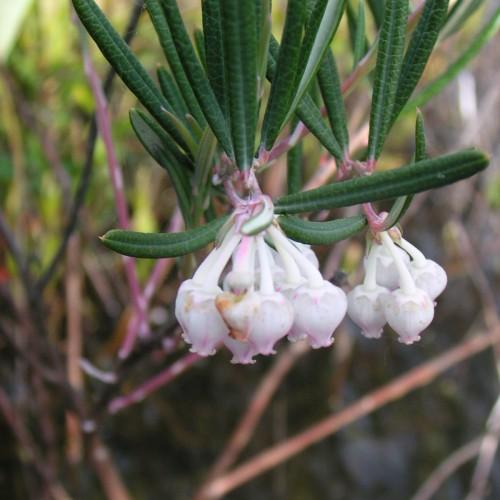
Northern Bog Rosemary
Andromeda polifolia var. polifolia
Watering:
Minimal
Hardiness Zone:
Sun:
full sun,part shade,full shade
Leaf:
Yes
Growth Rate:
Low
Salt Tolerant:
Yes
Care Level:
Medium
watering
Virginia Chain Fern should be watered regularly during the growing season, from spring until late fall. Water thoroughly, until the soil is saturated and excess water is flowing out the drainage hole of the pot. Allow the soil to become dry between waterings. In the winter months, ferns should be watered very sparingly, and only when the soil is dry. Depending on the conditions, this could be anywhere between every few weeks to once a month.
sunlight
Virginia Chain Ferns prefer bright, indirect sunlight or partial shade. They can tolerate direct sunlight in the morning or evening but should be protected from intense afternoon sun. On a daily basis, these ferns should receive at least 4-6 hours of sunlight. As it gets hotter in the summer, Virginia Chain Ferns should receive morning sun and ample shade throughout the day.
pruning
Virginia Chain Fern (Anchistea virginica) should be pruned annually in late winter before new growth begins. Start by trimming off any dead or brown fronds. Then use pruning shears to thin out any densely packed individuals. Cut off any fronds that are becoming too long, and trim away excesses until the fern resembles a mounded shape. It is important to remove any fronds that have been damaged by disease or insects. Always clean the pruning shears with rubbing alcohol or bleach solution after each cut to avoid transferring any disease or insects.
